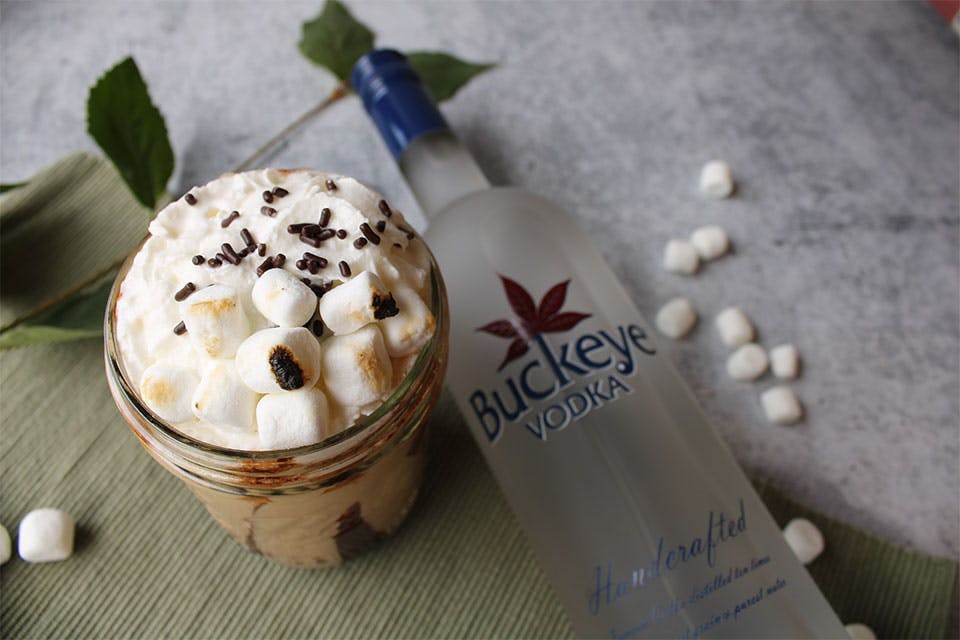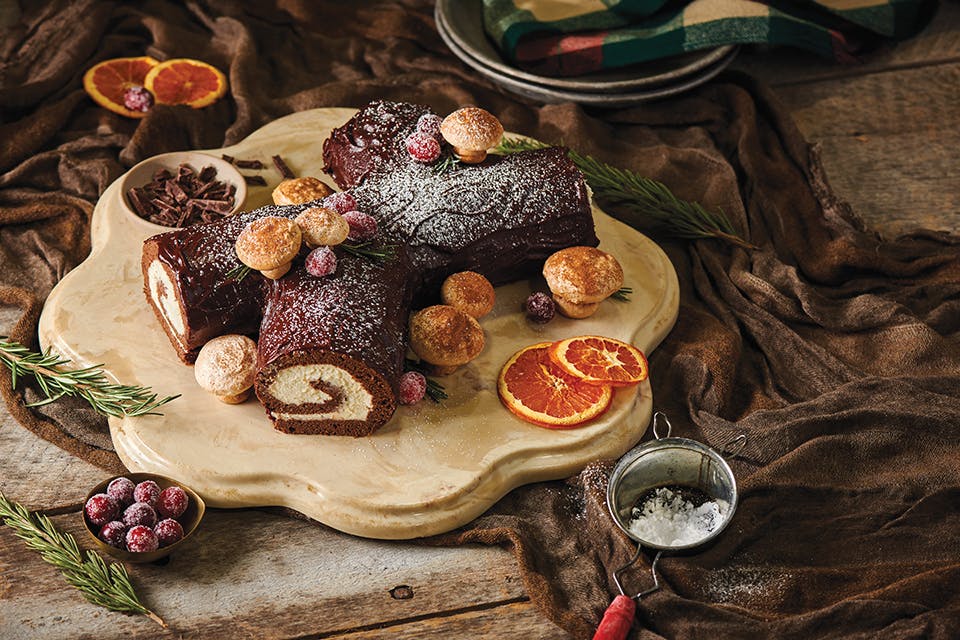Food + Drink
Gourmet Grilling
Give your late-summer cookout a flavorful twist with a barbecued pork tenderloin as the main dish.
Related Articles

Ohio Farmer Lee Jones Appears in a New TV Series
“The Chef's Garden” from Rachel Ray and International Content’s Free Food Studios is set to premiere on the A&E network Jan. 27. READ MORE >>

Buckeye Vodka Shares 3 Summer Cocktail Recipes
We teamed up with Dayton’s own Buckeye Vodka to bring you some mixed drink inspiration. Try this trio of light, delicious offerings at your next summer party. READ MORE >>

5 Holiday Recipes to Make Together This Season
From simple gingerbread cookies that leave lots of room for creativity to a beautiful Buche de Noel that is sure to grab attention, these creations offer fun baking projects. READ MORE >>


